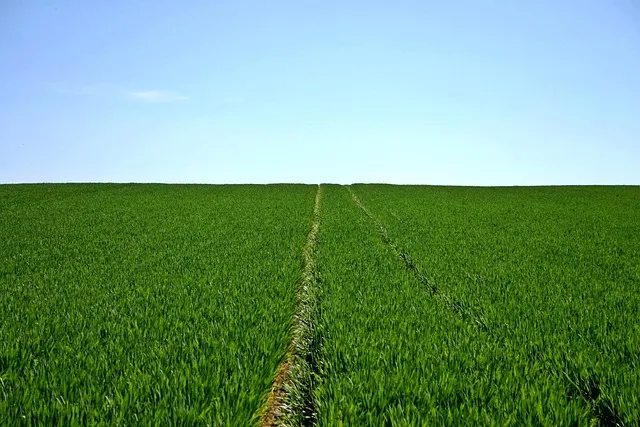Staying ahead in agriculture means understanding evolving practices and innovations that not only boost yield but also promote sustainability. As we approach 2025, these 10 agronomic questions—complete with detailed answers—will help American farmers gain insight into modern crop management, technological trends, and best practices for a successful growing season.
1. What is Precision Agriculture and Why Is It a Game-Changer for 2025?
Precision agriculture involves using advanced technologies like GPS guidance, drones, and remote sensors to monitor crop health and optimize inputs. In 2025, this technique is becoming indispensable. It minimizes waste, improves resource efficiency, and yields higher-quality produce by tailoring treatments to specific field zones rather than applying a one-size-fits-all solution.
2. How Is Climate Change Shaping Agronomy Practices?
Climate change is having a profound impact on agronomy. American farmers are increasingly focused on strategies such as drought-tolerant crops, adaptive irrigation techniques, and integrated pest management to handle unpredictable weather patterns. In 2025, these adjustments are crucial for safeguarding yields and maintaining soil health.
3. What Emerging Technologies Will Boost Crop Yields in 2025?
Emerging technologies like artificial intelligence (AI) analytics, the Internet of Things (IoT), and machine learning are revolutionizing crop management. These tools help in predictive analytics, providing real-time data on soil conditions and weather forecasts, which in turn improves decision-making and overall yield quality.
4. How Will Data-Driven Agriculture Transform Farm Management?
Data-driven agriculture uses big data to drive smarter farming decisions. With sensors collecting precise field data—from moisture levels to nutrient content—farmers can optimize application rates and schedules. This tailored approach not only reduces input costs but also improves soil and crop health, creating more profitable and sustainable operations.
5. What Are Sustainable Agronomic Practices for Reducing Environmental Impact?
Sustainability in agronomy means embracing practices that protect natural resources. Techniques such as conservation tillage, integrated pest management, and organic fertilizer use help minimize soil erosion and lower dependency on chemical inputs. In 2025, these sustainable practices are not only eco-friendly but also economically advantageous over the long term.
6. How Does Soil Health Affect Crop Productivity in the New Era?
Healthy soil is the backbone of productive agriculture. Modern practices in 2025 emphasize soil testing, cover cropping, and organic amendments to maintain soil fertility. These methods boost microbial activity, structure, and nutrient availability, ultimately ensuring robust plant growth and improved yields.
7. What Role Do Cover Crops and Crop Rotation Play in Modern Farming?
Cover crops and crop rotation are key strategies for breaking pest cycles, enhancing soil structure, and maintaining fertility. In 2025, U.S. farmers are increasingly integrating these practices to reduce soil erosion and add organic matter to their fields, ensuring sustained productivity and resilience against environmental challenges.
8. How Can U.S. Farmers Mitigate Risks from Unpredictable Weather?
Farmers can mitigate weather-related risks by adopting diversified cropping systems, investing in climate-resilient infrastructure, and using advanced weather forecasting tools. Tailored insurance products and government support programs further help in reducing the economic impact of unpredictable weather patterns.
9. What Role Does Biotechnology Play in the Future of Agronomy?
Biotechnology is paving the way for improved crop varieties with enhanced resistance to pests, diseases, and climate stress. In 2025, innovations such as gene editing and advanced seed technologies are set to be integral, ensuring that farmers can meet the dual challenges of food demand and environmental sustainability.
10. How Are New Financial Models Supporting Agronomy Innovations?
Innovative financing and insurance models are emerging to support agronomy innovations. Options like crop revenue insurance, low-interest loans for precision tech investments, and public-private partnerships are making it easier for farmers to adopt cutting-edge practices. This financial backing is critical for implementing new technology and staying competitive in 2025.
Final Thoughts
As agronomy continues to evolve with technology and sustainability at the forefront, American farmers must stay informed and adaptable. By understanding these 10 key questions and their answers, you can position your farm operation for success in 2025 and beyond. Integrating advanced technologies and sustainable practices is no longer optional—it’s a necessary step for thriving in a competitive and changing agricultural landscape.

